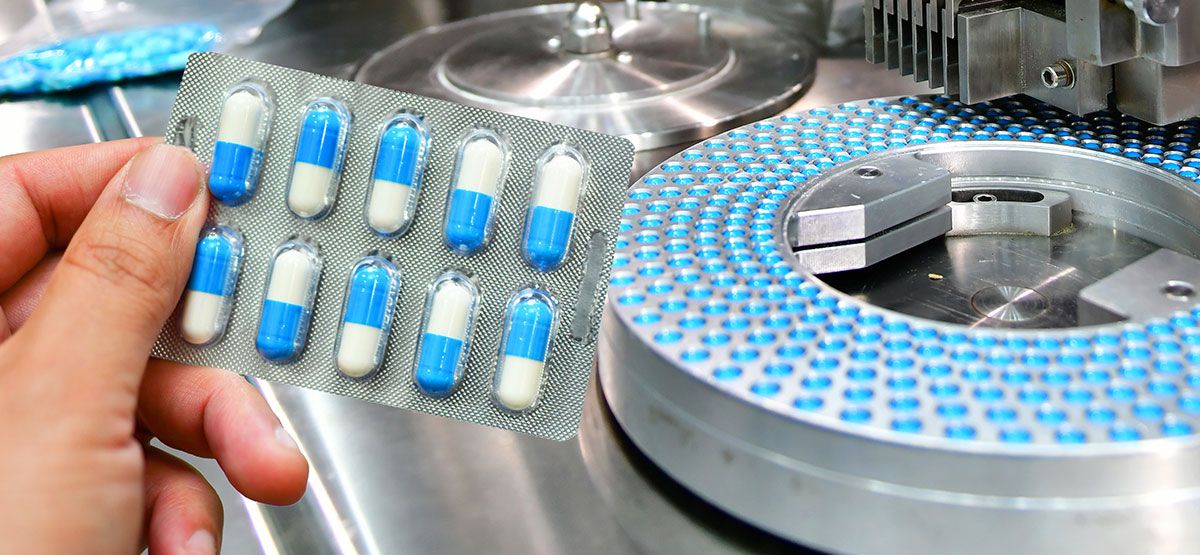
Why eIFU Services are Essential for Medical Device Manufacturers
The medical device industry is evolving rapidly, with digital transformation playing a pivotal role in regulatory compliance and efficiency. One of the most crucial advancements is the transition from traditional paper-based Instructions for Use (IFU) to electronic Instructions for Use (eIFU). eIFU services help medical device manufacturers streamline compliance, enhance user accessibility, and reduce environmental impact. This blog explores why eIFU services are essential for medical device manufacturers and how they can benefit from this digital shift.
What are eIFU Services?
Electronic Instructions for Use (eIFU) are digital versions of traditional paper-based IFUs. They allow medical device manufacturers to provide necessary usage instructions online or via digital storage devices, ensuring easy access for healthcare professionals and patients. eIFU services help manufacturers comply with regulatory guidelines while offering improved accessibility, cost savings, and environmental benefits.
Key Benefits of eIFU Services for Medical Device Manufacturers
1. Regulatory Compliance
Medical device regulations across various regions, including the EU MDR (European Medical Device Regulation), now encourage or mandate the use of electronic IFUs. eIFU services help manufacturers meet these regulatory requirements efficiently while ensuring accuracy and traceability.
2. Cost Reduction
Printing and distributing paper-based IFUs can be costly. By switching to eIFU services, manufacturers can save on printing, shipping, and storage costs while ensuring compliance with regulatory guidelines.
3. Enhanced Accessibility
With eIFU services, users can access digital instructions on-demand via QR codes, mobile apps, or dedicated websites. This ensures that healthcare professionals and patients can always find the most up-to-date information, reducing the risk of outdated or misplaced paper manuals.
4. Environmental Benefits
The transition to electronic IFU medical devices significantly reduces paper consumption, minimizing environmental impact and supporting sustainability initiatives within the medical industry.
5. Improved User Experience
Interactive eIFUs allow users to search for specific sections, watch instructional videos, and receive real-time updates. This enhances the user experience by making information more accessible and understandable.
6. Version Control & Updates
Medical devices often undergo updates and modifications. eIFU services make it easier to update instructions in real-time without costly reprints or distribution issues.
Compliance Requirements for eIFU in the Medical Device Industry
Various regulatory bodies have established guidelines for electronic IFU implementation. For instance:
- EU MDR 2017/745 permits the use of eIFUs for specific medical devices, provided they meet accessibility and safety requirements.
- FDA Guidance encourages digital labeling while ensuring patient safety and device usability.
- ISO 13485 compliance ensures quality management for medical device documentation, including eIFU services.
How to Implement eIFU Services Successfully
1. Assess Regulatory Requirements
Ensure compliance with region-specific regulations before transitioning to an electronic IFU medical device system.
2. Choose a Reliable eIFU Platform
Select a secure and scalable eIFU service provider like Visu-eIFU to manage digital IFU documentation.
3. Develop User-Friendly Digital IFUs
Ensure that digital IFUs are intuitive, accessible on multiple devices, and available in multiple languages as required by regulations.
4. Secure Data & Maintain Backup Systems
eIFU services must guarantee data security and availability through encryption, backups, and compliance with cybersecurity standards.
5. Provide Training & Support
Healthcare professionals and end-users should be trained on how to access and use electronic IFUs effectively.
Challenges and Considerations for eIFU Adoption
1. Regulatory Uncertainty
While many regions support eIFUs, some countries still require printed IFUs for certain devices. Manufacturers must navigate these varying regulations.
2. Digital Accessibility
Ensuring eIFUs are accessible to all users, including those with disabilities, is crucial. Compliance with WCAG (Web Content Accessibility Guidelines) can help meet these needs.
3. Cybersecurity Risks
Since eIFUs rely on digital platforms, protecting sensitive information from cyber threats is essential. Implementing strong encryption and authentication measures is recommended.
4. User Adoption and Training
Some users may be resistant to digital IFUs. Comprehensive training programs can ensure a smooth transition and widespread acceptance.
Conclusion
eIFU services are revolutionizing medical device compliance, accessibility, and cost-efficiency. By transitioning to electronic IFUs, manufacturers can reduce expenses, enhance user experience, and maintain regulatory adherence seamlessly. Platforms like Visu-eIFU provide comprehensive solutions to help manufacturers implement digital IFUs successfully.
With eIFU adoption gaining momentum, now is the perfect time for medical device manufacturers to make the shift and reap the benefits of a digital future.
Frequently Asked Questions (FAQs)
1. Are eIFUs legally accepted?
Yes, regulatory bodies such as the EU MDR and FDA recognize eIFUs for specific medical devices, provided they meet safety and accessibility standards.
2. How do users access eIFUs?
Users can access eIFUs via QR codes, web portals, mobile apps, or dedicated digital storage systems provided by manufacturers.
3. Do eIFUs replace paper IFUs entirely?
Not always. Some regions and medical devices may still require paper-based IFUs alongside digital versions for compliance.
4. What happens if an internet connection is unavailable?
Manufacturers must ensure offline accessibility, such as pre-downloaded PDFs or USB storage, for critical instructions.
5. Can eIFUs be updated in real-time?
Yes, eIFU services allow real-time updates, ensuring users always have access to the latest instructions.
Get the latest updates from DDi
Explore Topics
- Automation & AI (1)
- Clinical Automation (8)
- Consumer Health (1)
- IRT & Clinical Supplies (19)
- Labeling (16)
- Regulations (20)
- Regulatory Automation (14)
- Regulatory Biopharma (2)
- Regulatory Content Management (5)
- Regulatory Information Management (11)
- UDI (11)
- Writing (9)
Recent Blogs
 What is eIFU? A Complete Guide…Regulations
What is eIFU? A Complete Guide…Regulations Understanding FDA Regulations …Regulations
Understanding FDA Regulations …Regulations EU MDR IFU Compliance: What Me…Regulations
EU MDR IFU Compliance: What Me…Regulations
Previous Post
Next Post
Related Posts
CONNECT WITH US

Let's talk about how DDi can help you

